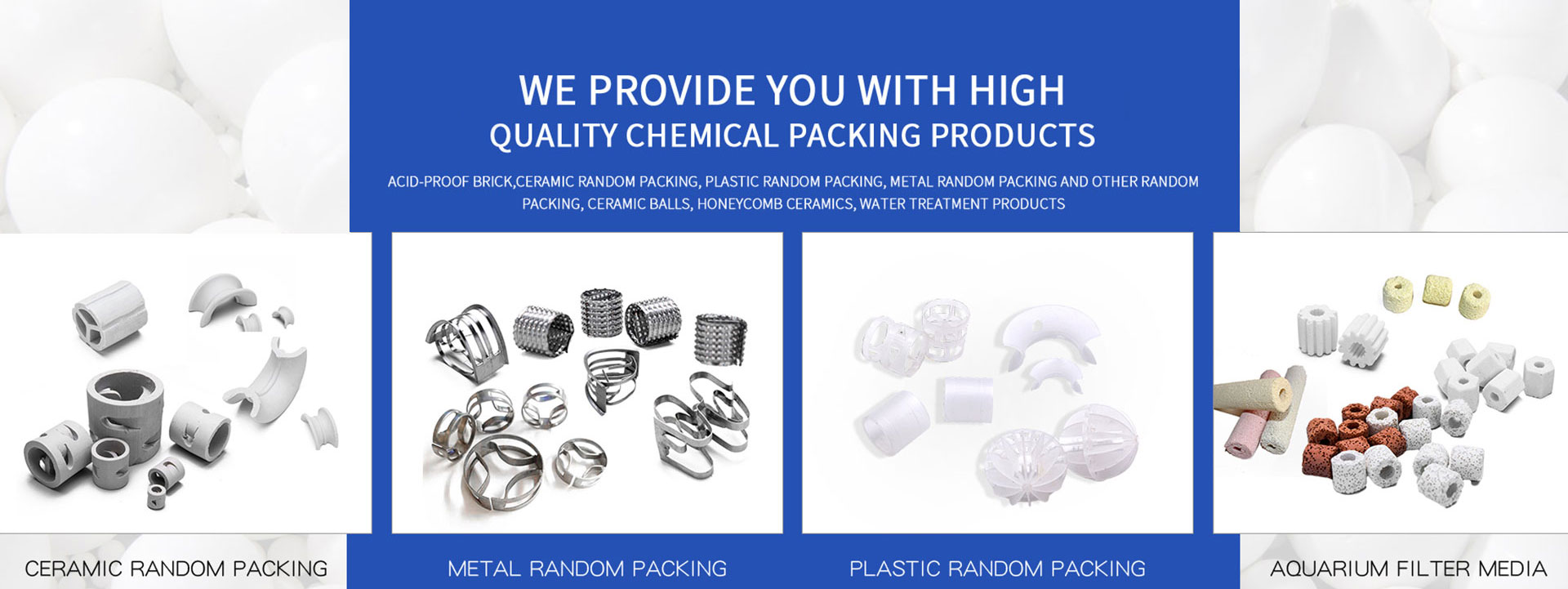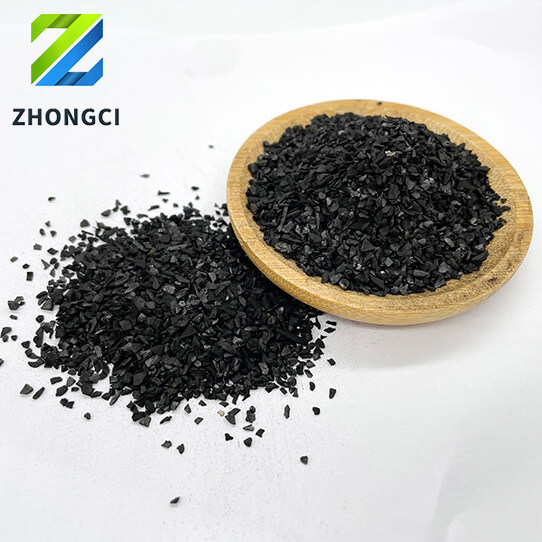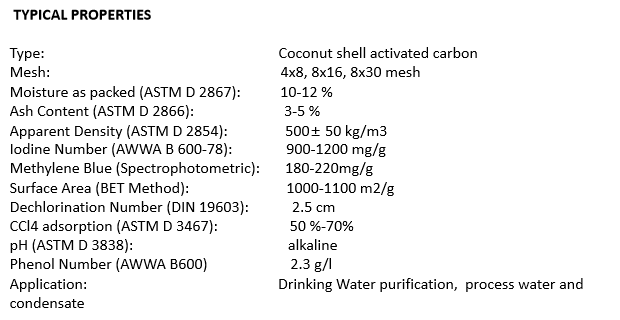


Coconut Shell Activated Carbon
Coconut Shell Activated Carbon is particularly effective in the removal of organic contaminants such as pesticides, chlorinated and aromatic solvents, oils, colour bodies, phenols, tannin, taste and odour producing compounds and thrialomethane precursor. It can be used for the removal of excess of oxidant such as chlorine, ozone, hydrogen peroxide and permanganate.
Coconut Shell Activated Carbon is suitable for different applications such as purification of water intended for human consumption, process water and condensate stream purification, and wastewater treatment, especially for drinking water purification.
Quick Details
High Surface Area:
Typically has a surface area of 900-1200 m²/g, providing a large number of active sites for adsorption.
Microporous Structure:
Dominated by micropores (pore size < 2 nm), making it highly effective for adsorbing small molecules.
High Hardness:
Harder than other types of activated carbon, reducing the risk of abrasion and dust formation.
Chemical Stability:
Resistant to acids, alkalis, and organic solvents, making it suitable for a wide range of applications.
Low Ash Content:
Typically has less than 5% ash content, ensuring high purity and adsorption efficiency.
Renewable and Sustainable:
Made from coconut shells, a renewable and eco-friendly raw material.
Water Treatment:
Removes chlorine, organic compounds, heavy metals, and other contaminants from drinking water, wastewater, and industrial water.
Air Purification:
Used in air filters to remove volatile organic compounds (VOCs), odors, and harmful gases.
Food and Beverage Industry:
Purifies and decolorizes sugar, beverages, and edible oils.
Pharmaceuticals:
Used in the purification of drugs, APIs (active pharmaceutical ingredients), and solvents.
Gold Recovery:
Adsorbs gold from cyanide solutions in the gold mining industry.
Gas Purification:
Removes impurities from natural gas, biogas, and industrial gases.
Solvent Recovery:
Recovers solvents from air streams in industrial processes.
High Adsorption Capacity:
Effectively removes a wide range of contaminants due to its microporous structure.
Long Service Life:
High hardness and low ash content ensure long-lasting performance.
Versatility:
Suitable for liquid-phase (water) and gas-phase (air) applications.
Eco-Friendly:
Made from renewable coconut shells, reducing environmental impact.
Cost-Effective:
Provides excellent performance at a competitive cost.
Adsorption:
Contaminants are attracted to the surface of the activated carbon and trapped within its pores.
Filtration:
In water and air purification systems, the carbon acts as a filter, removing impurities as the fluid passes through.
Regeneration:
The carbon can be regenerated by heating or chemical treatment to restore its adsorption capacity (in some applications).
Raw Material Preparation:
Coconut shells are collected, cleaned, and dried.
Carbonization:
The shells are heated in the absence of oxygen to produce carbonized char.
Activation:
The char is treated with steam or chemicals at high temperatures to create a porous structure.
Crushing and Sizing:
The activated carbon is crushed and sieved to produce granules or powder of the desired size.
Quality Control:
The final product is tested for surface area, pore size distribution, adsorption capacity, and ash content.
Particle Size:
Available in granular, pelletized, or powdered forms to suit different applications.
Iodine Number:
Indicates the adsorption capacity for small molecules (higher iodine number = higher capacity).
Ash Content:
Lower ash content ensures higher purity and adsorption efficiency.
Moisture Content:
Typically less than 5% to ensure optimal performance.
Application-Specific Properties:
Customized for water treatment, air purification, gold recovery, etc.
| Property | Coconut Shell Activated Carbon | Coal-Based Activated Carbon | Wood-Based Activated Carbon |
|---|---|---|---|
| Raw Material | Coconut shells | Bituminous coal, anthracite | Wood, sawdust |
| Surface Area | 900-1200 m²/g | 500-1200 m²/g | 600-1000 m²/g |
| Pore Structure | Microporous | Microporous and mesoporous | Mesoporous |
| Hardness | High | Moderate | Low |
| Ash Content | Low (<5%) | Moderate to high | Moderate |
| Applications | Water treatment, air purification, gold recovery | Gas purification, solvent recovery | Decolorization, food and beverage |

Packing: 25KGS/Bag, 500KGS/ big bag
Pallet: 500KGS/PLT
<< Previous page
Next page >>